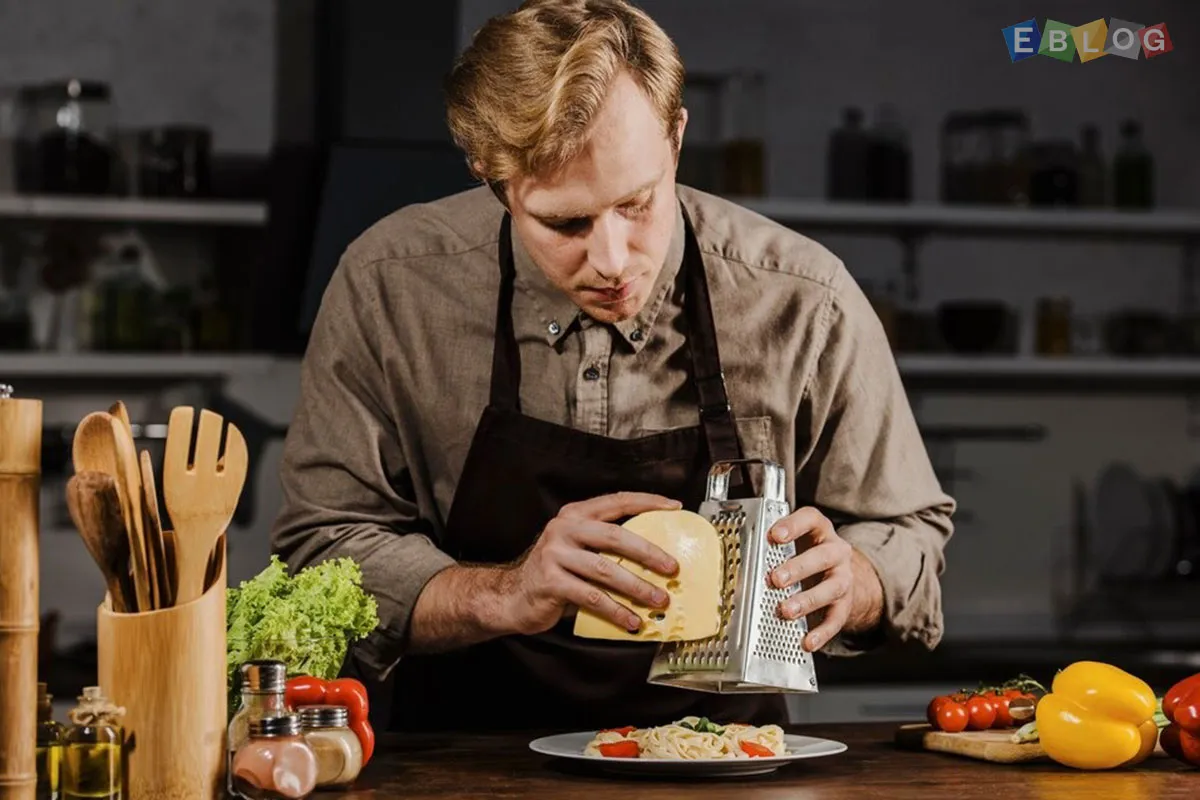
Mastering the Basics: Essential Cooking Techniques Every Home Chef Should Know
- 02 Sep, 2024
- Food
- 511 Views
- 0 Comments
Whether you're a novice in the kitchen or a seasoned home cook, mastering basic cooking techniques is essential for creating delicious and well-executed dishes. These fundamental skills form the backbone of cooking, enabling you to tackle any recipe with confidence and creativity. Let's dive into some of the essential cooking techniques every home chef should know.
1. Knife Skills: The Foundation of Efficient Cooking
One of the first skills any chef must master is proper knife handling. Understanding how to chop, slice, dice, and julienne vegetables efficiently not only speeds up your prep time but also ensures uniform cooking. The key is to keep your knife sharp and maintain a steady, consistent motion. Learning the proper grip and cutting techniques will make you more comfortable and safer in the kitchen.
2. Sautéing: Quick and Flavorful Cooking
Sautéing is a quick cooking method that uses high heat and a small amount of oil or butter to cook food rapidly. The goal is to cook ingredients until they are golden brown on the outside while remaining tender and flavorful on the inside. Mastering this technique is essential for preparing a wide variety of dishes, from stir-fries to seared meats and vegetables.
3. Boiling and Simmering: Cooking with Liquids
Boiling and simmering are two foundational techniques for cooking with liquids. Boiling, which involves cooking food in rapidly bubbling water, is ideal for pasta, vegetables, and eggs. On the other hand, simmering is a gentler method where food is cooked in liquid at a lower temperature, making it perfect for soups, stews, and sauces. Understanding the difference between these two methods will help you achieve your dishes' desired texture and flavor.
4. Roasting: Bringing Out the Best in Ingredients
Roasting is a dry heat cooking method that uses an oven to cook food evenly, enhancing the natural flavors of ingredients. Whether you're roasting a chicken, vegetables, or a tray of potatoes, this technique caramelizes the exterior while keeping the interior tender. Properly preheating the oven and using a roasting rack or pan are crucial steps to ensure even cooking and a beautiful, golden-brown finish.
5. Braising: Slow-cooking for Deep Flavor
Braising is a combination cooking method that involves searing food at high heat and then slowly cooking it in a covered pot with a small amount of liquid. This technique is perfect for tougher cuts of meat, as the slow cooking process breaks down the connective tissue, resulting in tender, flavorful dishes. Braising is also great for vegetables, beans, and even some grains.
6. Baking: The Science of Precision
Baking is a precise and methodical cooking technique that requires careful measurement and timing. Understanding the science behind baking is key to achieving consistent results from bread to cakes. Temperature control, ingredient ratios, and proper mixing techniques all play vital roles in successful baking. Whether you're making cookies or a loaf of bread, mastering the basics of baking will expand your culinary repertoire.
7. Grilling: The Art of Cooking Over an Open Flame
Grilling is a popular cooking method that imparts a smoky, charred flavor to food by cooking it over an open flame or hot coals. Whether you're grilling meats, vegetables, or even fruits, understanding how to control the heat and timing is essential. Learning the differences between direct and indirect grilling, as well as the importance of resting your food after grilling, will help you achieve perfectly cooked, flavorful dishes every time.
8. Steaming: Healthy Cooking with Moist Heat
Steaming is one of the healthiest cooking techniques, as it uses moist heat to cook food without the need for added fats. This method preserves nutrients and natural flavors, making it ideal for vegetables, fish, and delicate proteins. Investing in a good steamer basket or using a simple setup with a pot and a colander will help you master this gentle cooking technique.
9. Making Stocks and Sauces: The Building Blocks of Flavor
Stocks and sauces are the foundation of many recipes, adding depth and complexity to dishes. Learning how to make a basic chicken or vegetable stock is a valuable skill that will enhance your soups, stews, and sauces. Mastering classic sauces like béchamel, velouté, or tomato sauce will also elevate your cooking, allowing you to create restaurant-quality meals at home.
10. Plating and Presentation: The Finishing Touch
Finally, once you've mastered the basics of cooking, it's time to focus on presentation. Plating is the art of arranging food on the plate in a visually appealing way. Attention to detail, color contrast, and garnishing can transform a simple dish into a culinary masterpiece. Remember, we eat with our eyes first, so taking the time to plate your food beautifully is the finishing touch that brings your cooking to the next level.
Conclusion
Mastering these essential cooking techniques is the key to becoming a confident and versatile home chef. With practice and patience, you'll find that cooking becomes more intuitive and enjoyable. Whether you're preparing a weeknight dinner or hosting a special occasion, these skills will empower you to create delicious, well-crafted dishes every time you step into the kitchen.



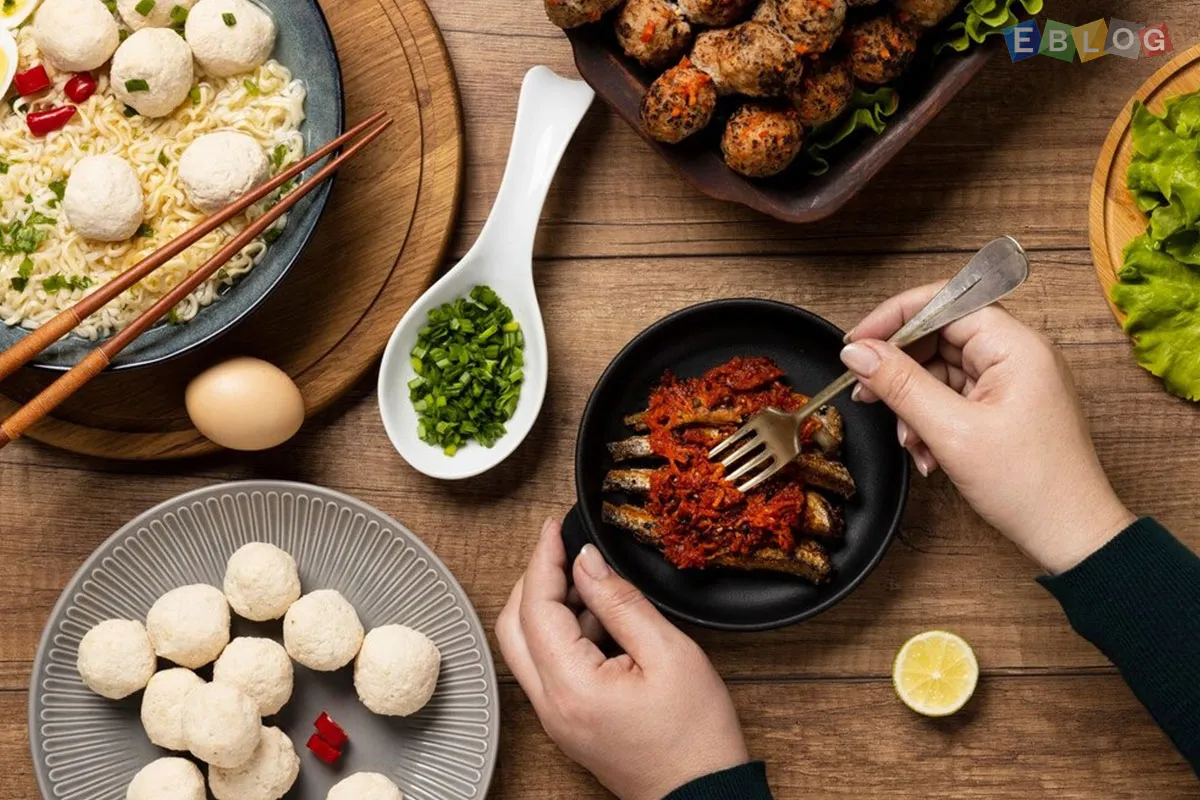
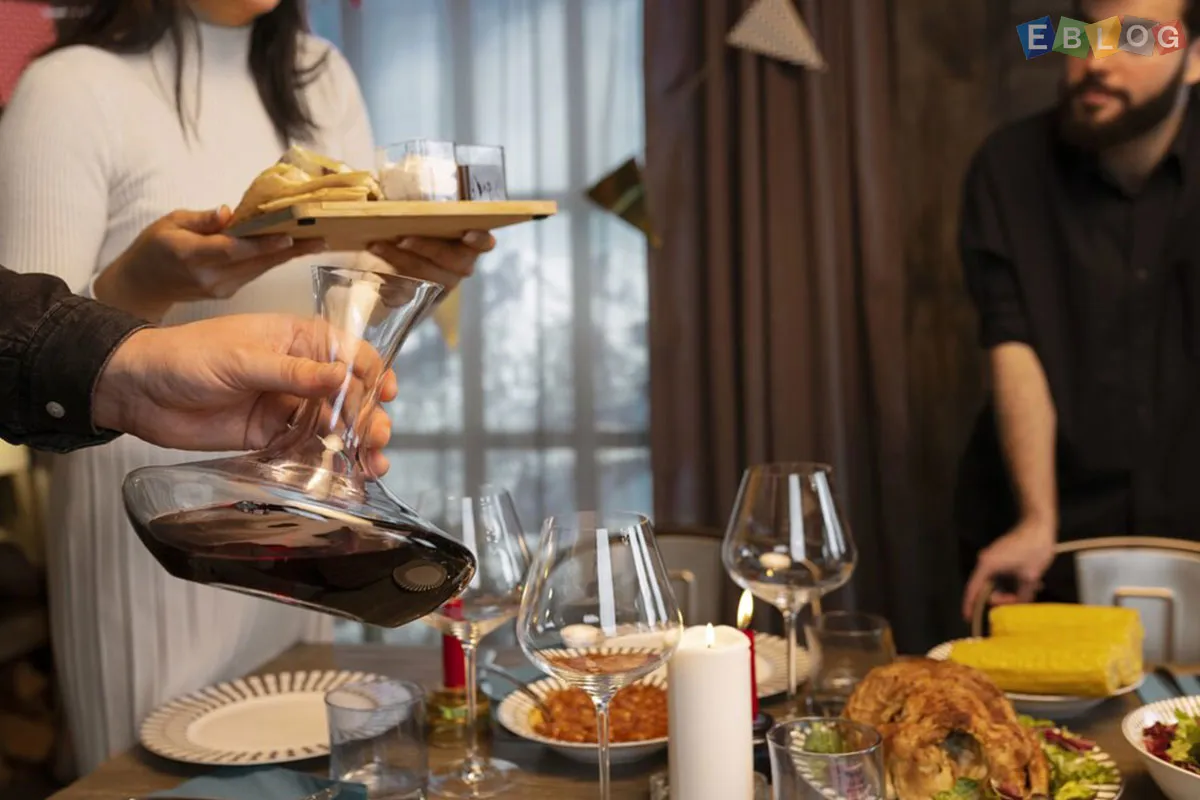

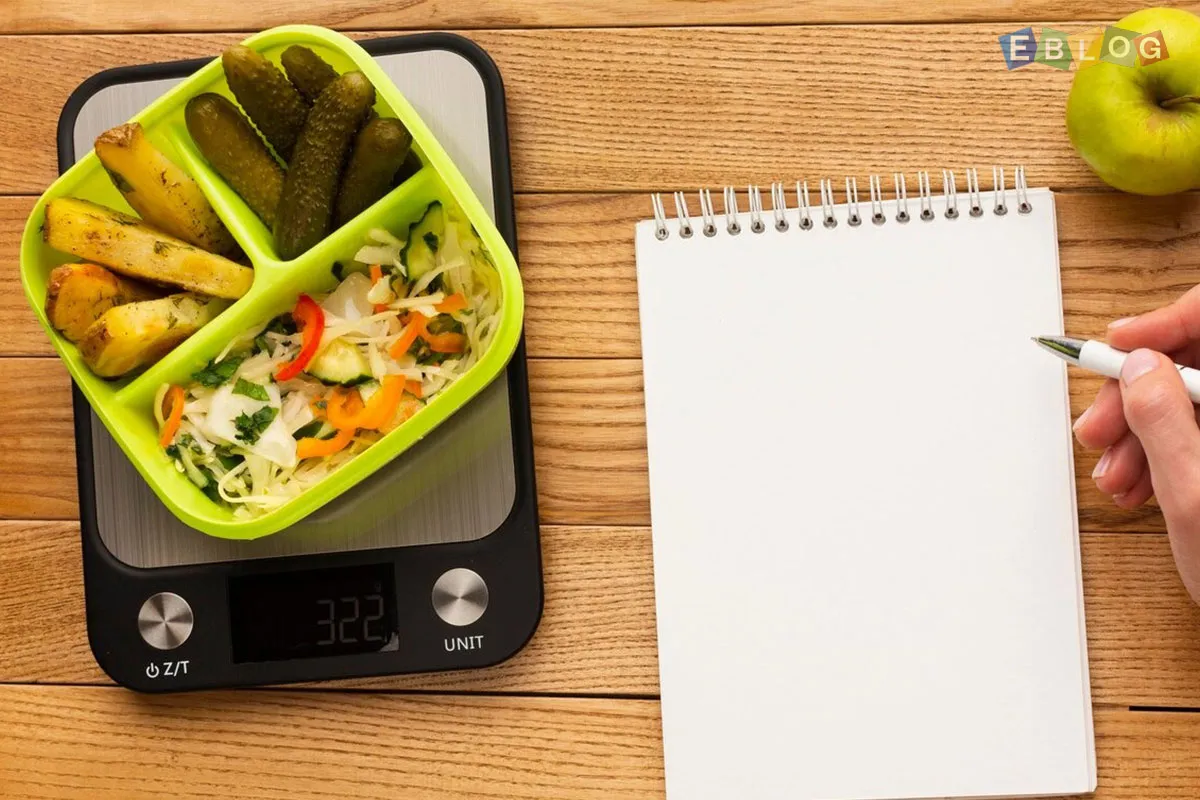
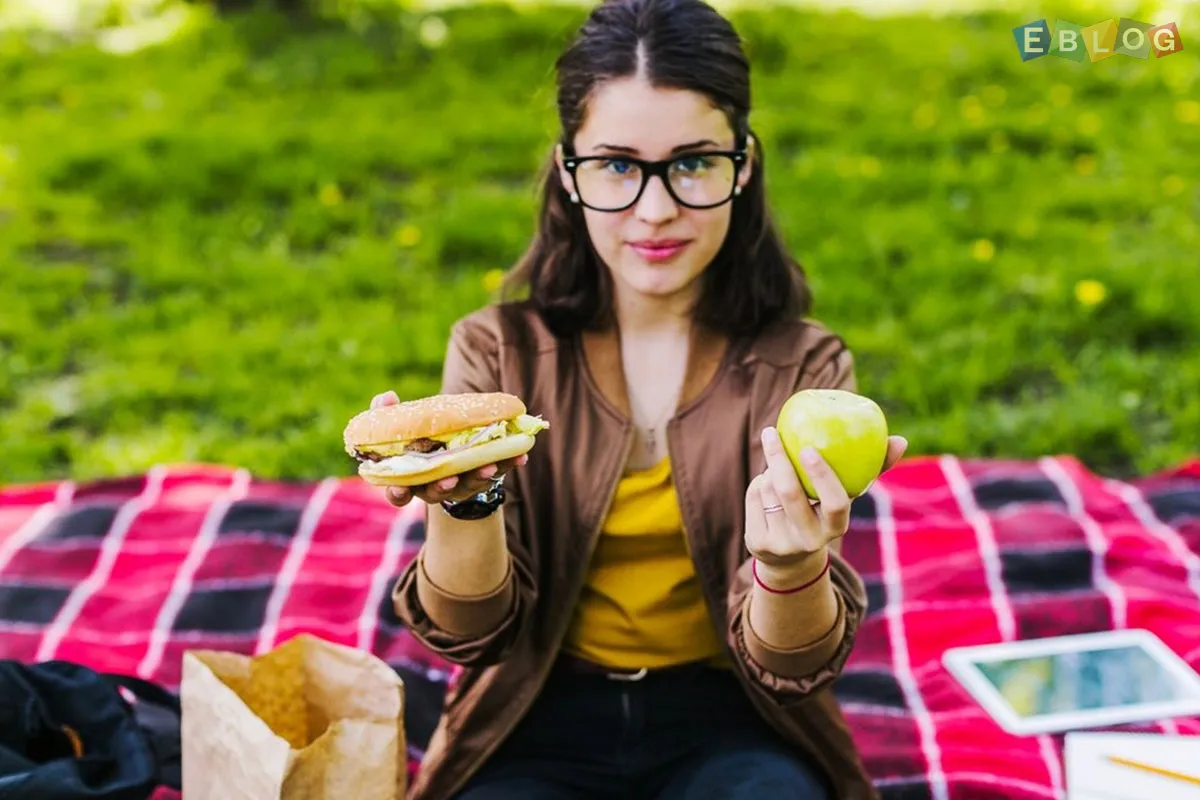
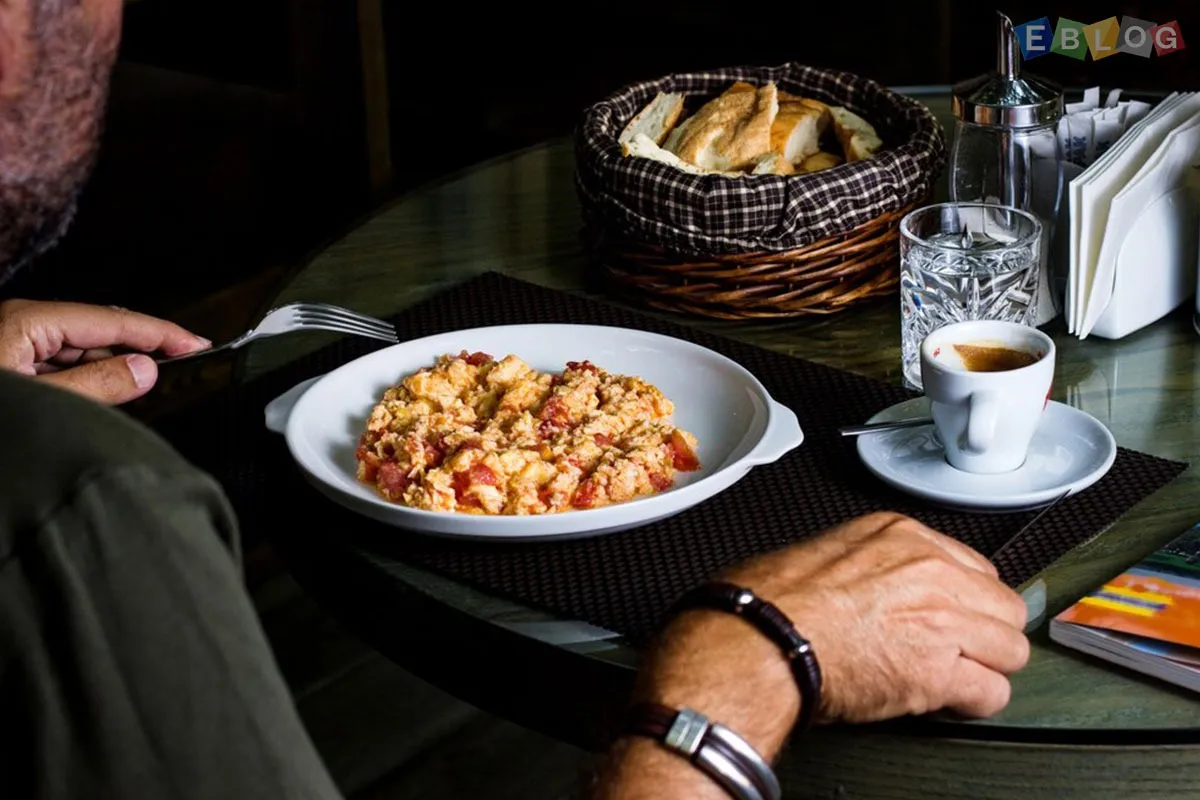
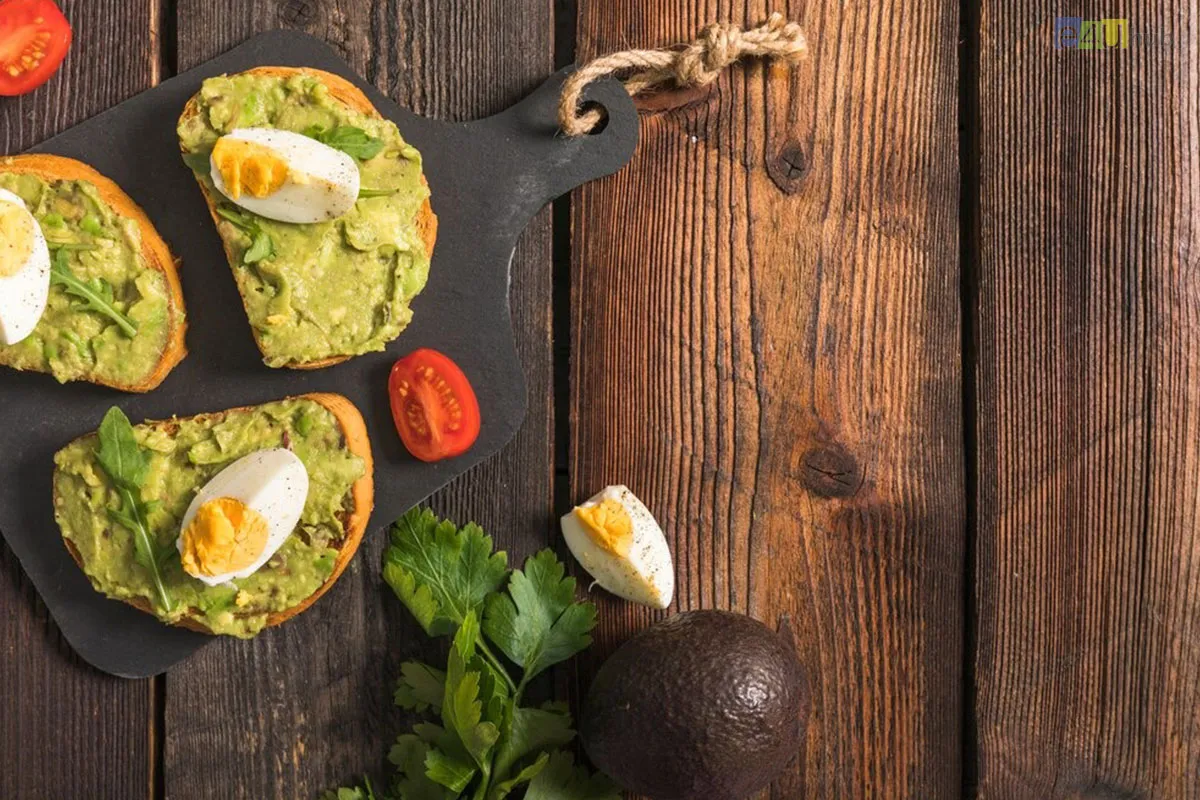

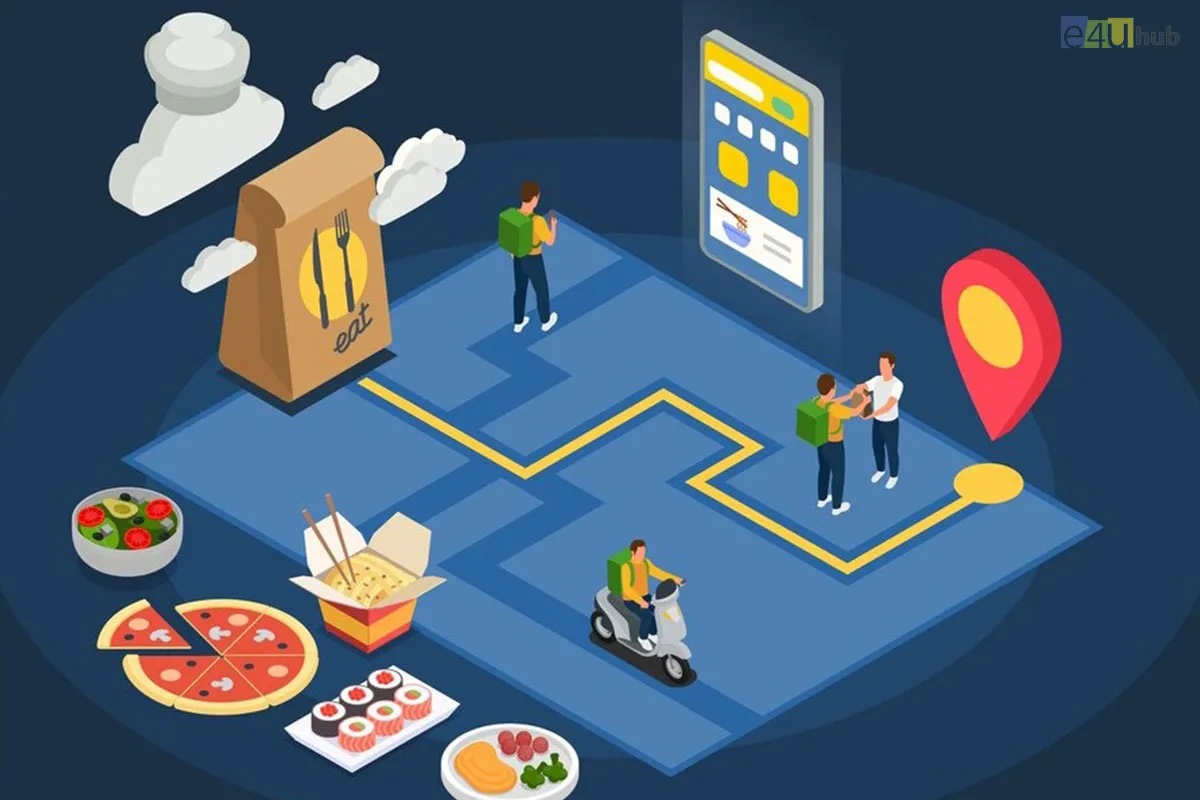



Leave a Reply